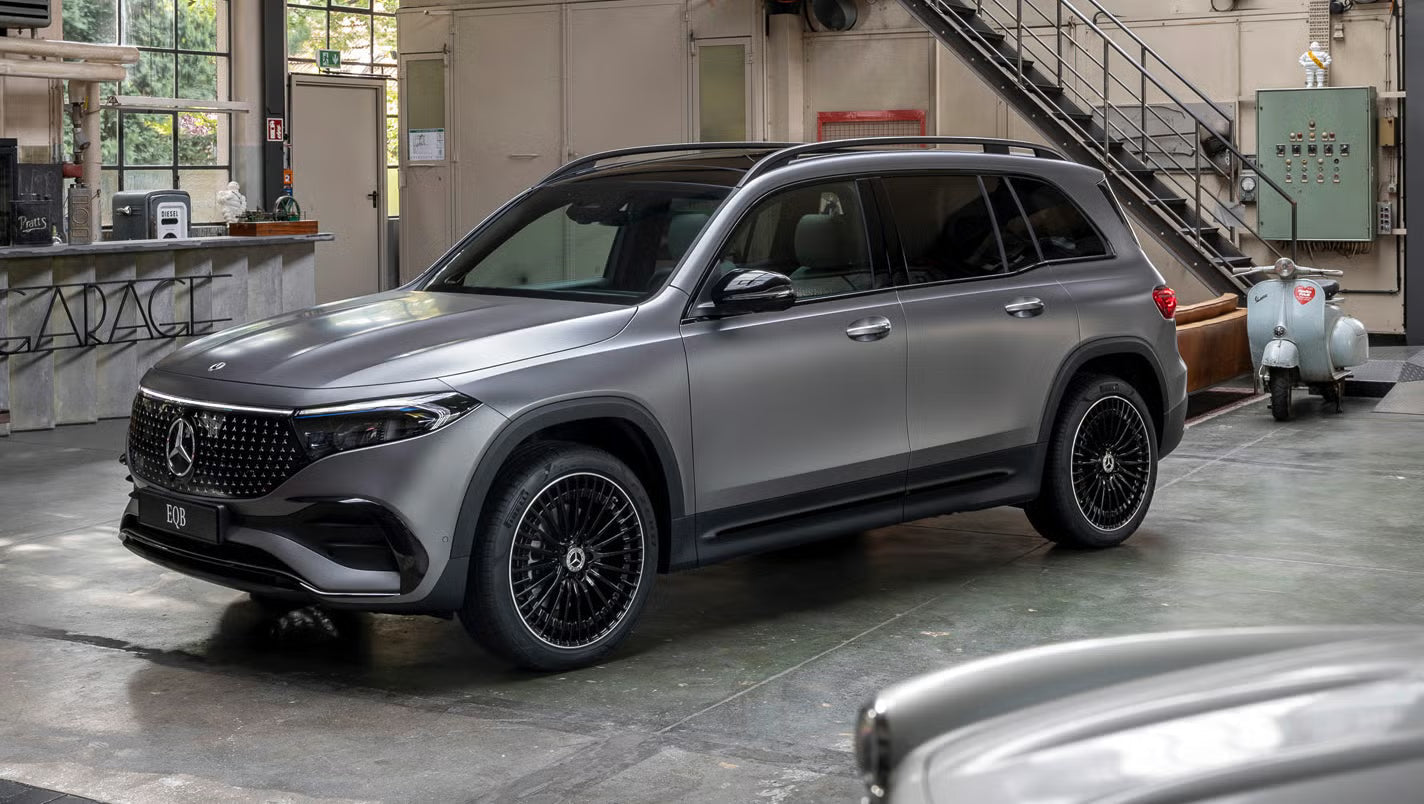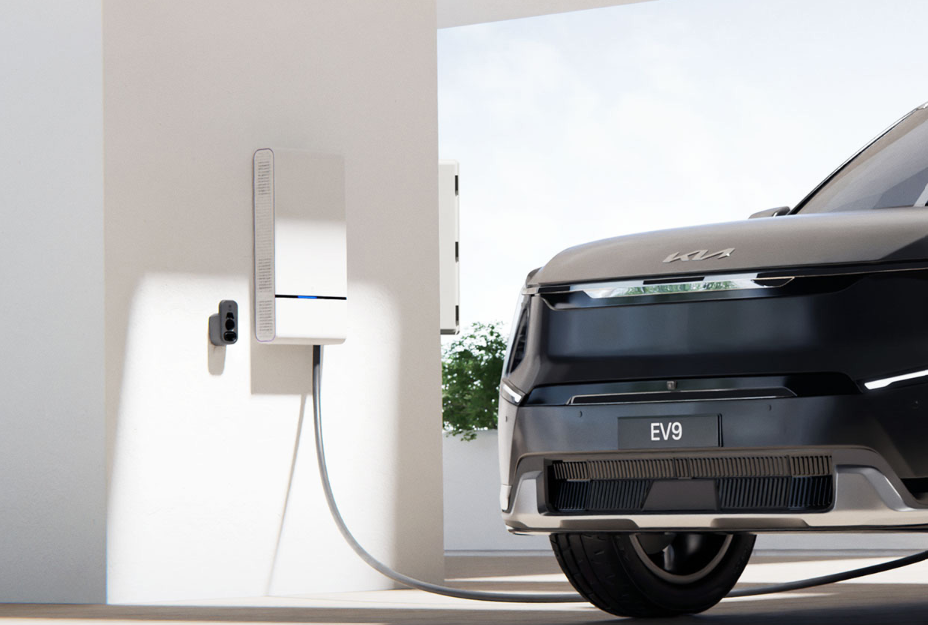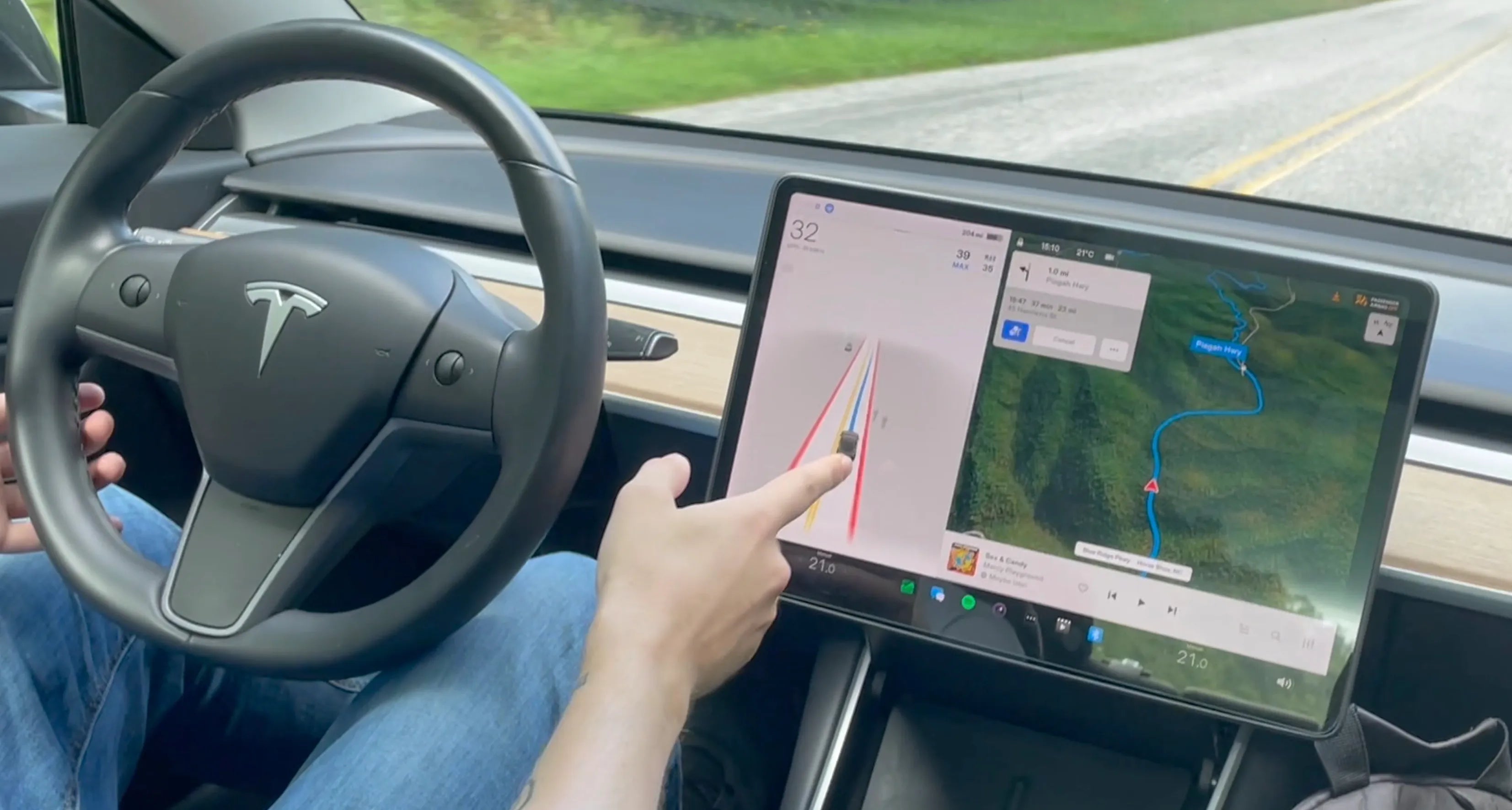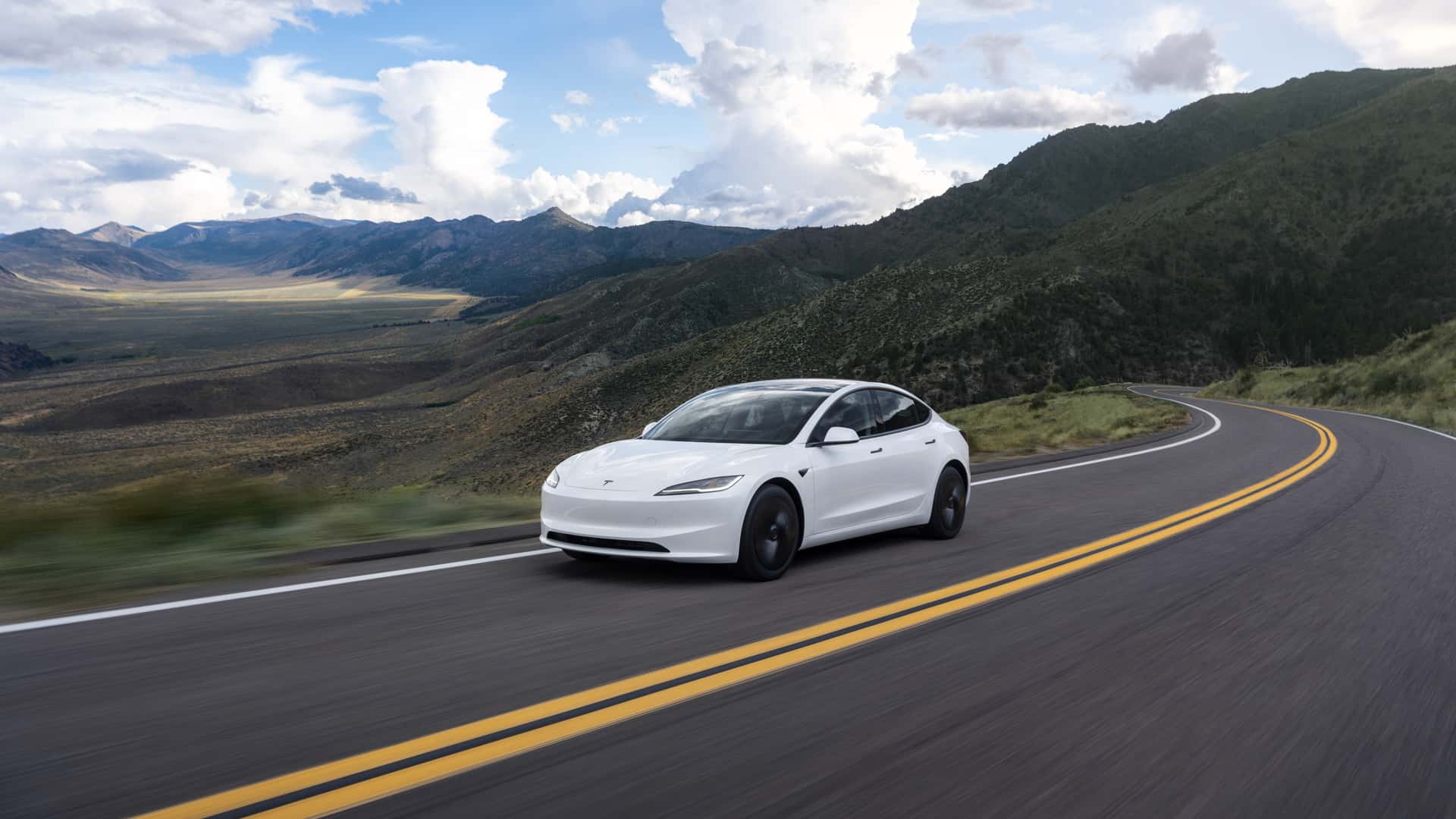Ein Mercedes EQB kostet zwar 53.000 Dollar, ist aber derzeit eines der günstigsten Autos in Amerika. Dank hoher Rabatte und staatlicher Anreize ist das Leasing eines Elektrofahrzeugs plötzlich erschwinglicher denn je – manchmal sogar unter 100 Dollar pro Monat .
Leasing von Elektrofahrzeugen ist günstiger als Benzinautos
Im Juli boten Mercedes-Händler den EQB für nur 352 Dollar pro Monat inklusive Anzahlung an. Damit war er eines der günstigsten Leasingangebote auf dem gesamten US-Markt. Auf der Liste der günstigsten Leasingangebote von Edmunds.com belegt der EQB den dritten Platz. Unter den ersten zehn Plätzen finden sich fünf Elektrofahrzeuge.
Jahrelang waren hohe Anschaffungskosten ein Hindernis für die Einführung von Elektrofahrzeugen. Doch jetzt hat sich das Blatt gewendet: Das durchschnittliche Leasing eines Elektrofahrzeugs kostet 624 Dollar pro Monat, verglichen mit 670 Dollar für ein Benzinauto . Und bei manchen Händlern finden Leasingsuchende Angebote für unter 100 Dollar pro Monat – ein Bereich, der in der Automobilbranche früher undenkbar war.
„So etwas haben wir noch nie erlebt“, sagte Kevin Roberts, Branchenanalyst bei CarGurus. Die Autohersteller wollen Käufer von Elektrofahrzeugen unbedingt an sich binden, bevor die Steuergutschrift des Bundes in Höhe von 7.500 Dollar am 30. September ausläuft . Viele nutzen aggressive Leasingverträge, um ihre Lagerbestände für 2024 zu räumen, bevor die Modelle des nächsten Jahres auf den Markt kommen.

Warum Leasing zum Standard für Elektrofahrzeuge geworden ist
Heute werden fast drei von vier Elektrofahrzeugen geleast , verglichen mit nur 16 % der benzinbetriebenen Fahrzeuge. Dafür gibt es mehrere Gründe:
-
Steuergutschriften : Leasingstrukturen ermöglichen es Autoherstellern und Händlern, staatliche und bundesstaatliche Anreize flexibler anzuwenden.
-
Vorsicht der Verbraucher : Viele Autofahrer sind hinsichtlich der Batterielebensdauer, des Wiederverkaufswerts oder der schnellen Veralterung der Technik skeptisch. Leasing eliminiert diese langfristigen Risiken.
-
Händlerstrategie : Leasingverträge ermöglichen eine Lagerbewegung, ohne die Listenpreise zu senken, und tragen so zum Schutz des Markenwerts bei.
Der Edmunds-Analyst Ivan Drury drückte es so aus: „Leasing ist die am wenigsten bedenkliche Art, neue Technologien zu testen.“
Auffällige Angebote für alle Marken
Mercedes ist nicht der einzige Autohersteller, der die Preise senkt. Hyundai bietet seinen Ioniq 5 für 260 Dollar im Monat an, Volkswagens ID.4 für 264 Dollar und Hondas erstes Elektrofahrzeug, den Prologue , für 200 Dollar im Monat für 24 Monate .
Einige lokale Händler gehen sogar noch weiter. In Boulder, Colorado, bietet Emich VW dank umfangreicher Anreize ein Leasing des ID.4 für nur 39 Dollar im Monat an. In Kalifornien bietet Stockton Honda einen Prologue für 313 Dollar im Monat über zwei Jahre an.
Solche Angebote erklären laut Edmunds, warum die Leasingraten für Elektroautos in nur zwei Jahren von 51 % auf 71 % gestiegen sind . Im Gegensatz dazu verharren die Leasingraten für Benzinautos bei etwa 16 %.

Warum das Timing wichtig ist
Der aktuelle Leasingboom dürfte nicht von Dauer sein. Die Autohersteller drängen darauf, ihre Lagerbestände vor den Zöllen zu verkaufen, bevor die Produktionskosten steigen. Sobald die Steuergutschriften des Bundes Ende September auslaufen, dürften die Anreize schrumpfen, sodass die heutigen günstigen Leasingverträge schwerer zu finden sein werden.
„Es gab noch nie einen besseren Zeitpunkt für Käufer“, sagte Nathan Niese, Leiter für Elektrofahrzeuge bei der Boston Consulting Group. „Ab Oktober könnte die Lage ganz anders aussehen.“
Dennoch könnten einige Bundesstaaten mit zusätzlichen Subventionen für Elektrofahrzeuge einspringen, und die Hersteller setzen weiterhin darauf, durch günstige Einstiegspreise Kundenbindung aufzubauen. Branchendaten zeigen, dass Autofahrer, die einmal auf Elektroautos umgestiegen sind, nur selten wieder auf Benzin umsteigen .
Ausblick
Auch wenn die Rabatte schwanken, bereiten die Automobilhersteller bereits die nächste Welle erschwinglicherer Elektrofahrzeuge vor. Ford beispielsweise hat kürzlich Pläne für einen Elektro-Pickup für unter 30.000 US-Dollar bis 2027 vorgestellt, den CEO Jim Farley als potenziellen „Model T-Moment“ für die Einführung von Elektrofahrzeugen bezeichnete.
Auf lange Sicht geht es Experten zufolge nicht nur um kurzfristige Schnäppchen, sondern darum , wer gewinnbringend Elektrofahrzeuge für unter 40.000 US-Dollar liefern kann, die die breite Masse der Verbraucher tatsächlich haben möchte .
Doch im Moment haben die Käufer das Sagen. Da die staatlichen Kredite noch aktiv sind und die Händler ihre Lagerbestände schnell abverkaufen wollen, gab es nie einen besseren Zeitpunkt, ein Elektroauto zu leasen – selbst wenn man dafür nur den Preis eines Abendessens im Restaurant pro Monat zahlt.
Empfohlene Lektüre: Die besten Leasing- und Finanzierungsangebote für Elektrofahrzeuge im August 2025








Aktie:
Tesla erhöht die Preise für Model S/X mit dem neuen Luxe-Paket um 10.000 US-Dollar
Costcos Pilotprojekt für Ladestationen für Elektroautos könnte Einkaufstouren für Autofahrer verändern